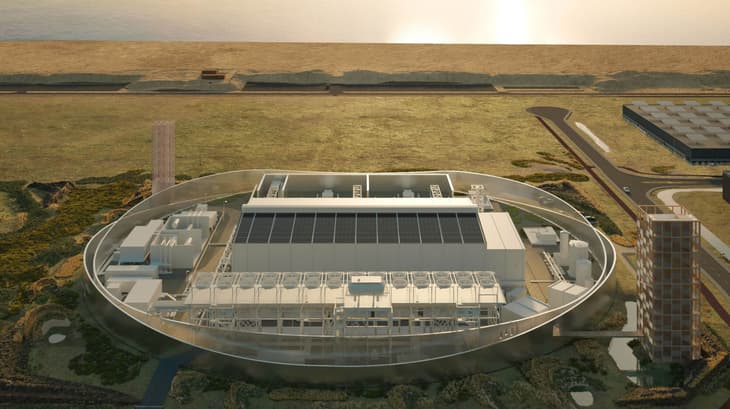In the coming months, Europe’s largest hydrogen electrolyser will start taking shape on the Tweede Maasvlakte, near the port of Rotterdam. In July, Shell announced its decision to invest in the 200MW Holland Hydrogen I project, marking a critical step forward in the effort to establish a hydrogen economy in the Netherlands, and beyond.
A majority of countries in Europe, and an increasing number worldwide, have included hydrogen as a central part of their energy transition strategy. The Netherlands is eyeing three to four gigawatts of electrolyser capacity by 20301; Germany aims to add five gigawatts of capacity by 2030, and another five gigawatts in the decade after2; and in its recently released RePowerEU strategy3, the European Union (EU) as a whole set a target of 10 million tonnes of domestic renewable hydrogen production, along with 10 million tonnes of imports, by 2030. Meanwhile, increasing energy security and cost considerations have only served to deepen Europe’s commitments to alternative sources.
Shell also believes hydrogen will play a vital role in enabling the transition to a Net Zero energy system as one of the most versatile decarbonisation solutions, with applications across a range of energy needs, particularly hard-to-electrify sectors.
... to continue reading you must be subscribed






